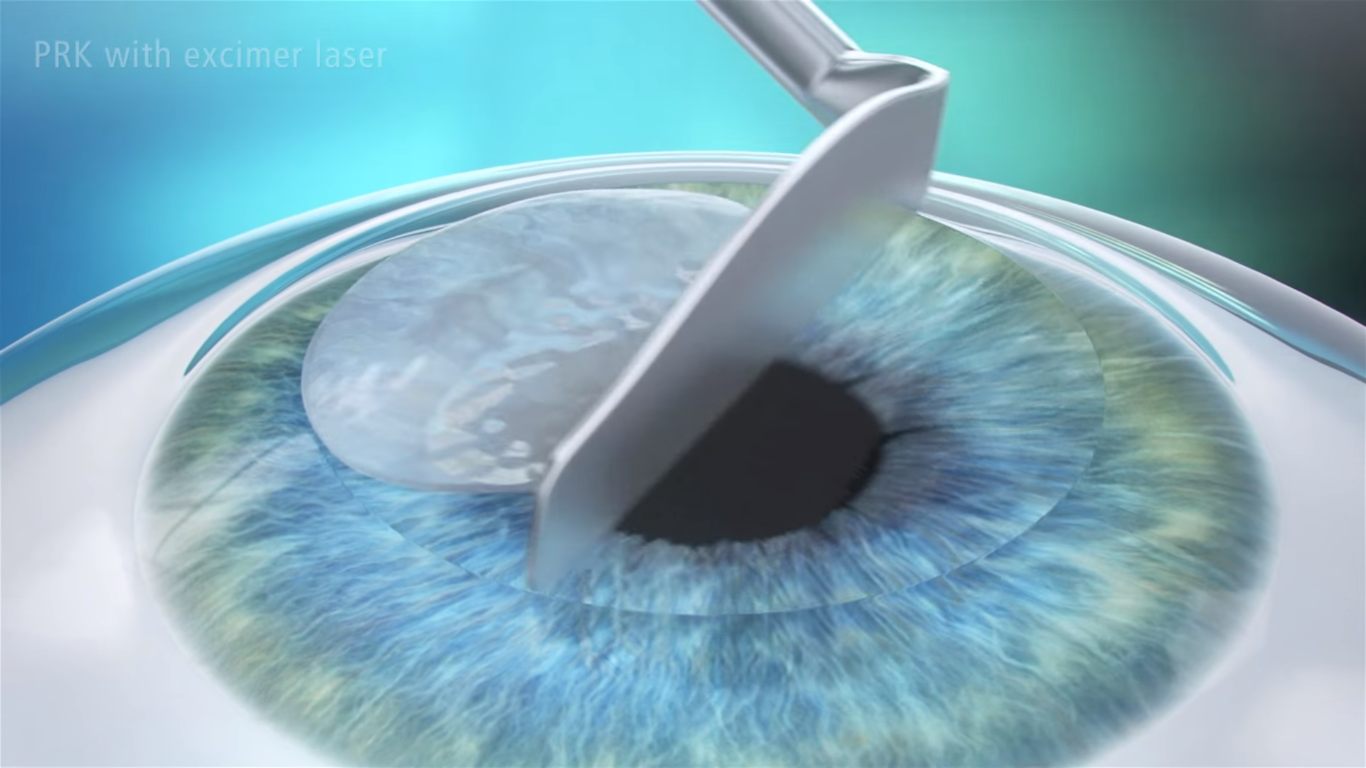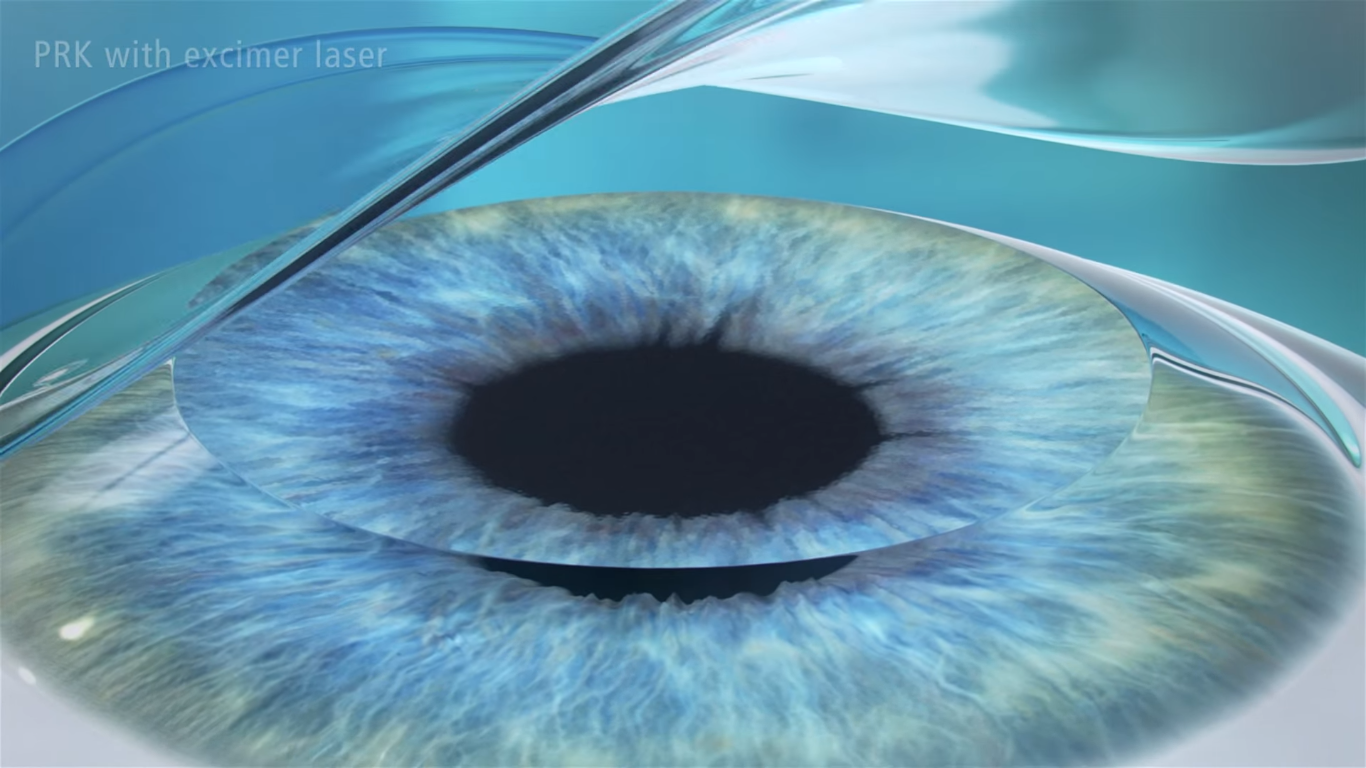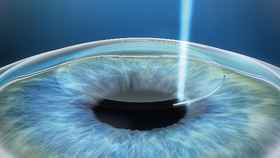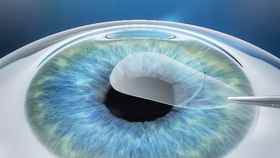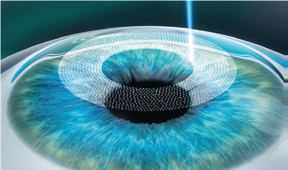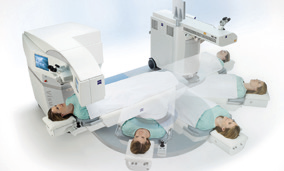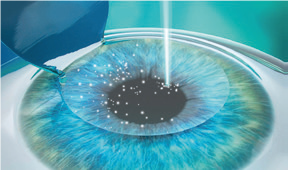Overview
Laser-assisted in situ keratomileusis, or LASIK, is a laser eye surgery technique used to correct myopia, astigmatism and hyperopia. The procedure involves reshaping the cornea's curvature with a high-precision laser, thereby improving the eye's refractive state and visual acuity.
In LASIK, a thin flap of corneal tissue is created using either:
1) A microkeratome, a specialised bladed instrument, or
2) A femtosecond laser keratome, also known as "bladeless LASIK", "all laser LASIK" or "femto LASIK", which is considered to offer greater safety and superior flap quality compared to the microkeratome.
After creating the flap, it is gently lifted, allowing an excimer laser to reshape the cornea. The flap is then carefully repositioned to its original place.
Are You A Suitable Candidate for LASIK?
General eligibility for LASIK includes:
- Being at least 18 years old
- Having a stable eye prescription for a minimum of one year
- No existing eye conditions such as cataract or glaucoma
- Not being pregnant or breastfeeding
- Having low to high myopia of up to -1500 degrees, astigmatism of up to -600 degrees, or low to moderate hyperopia
Blade LASIK Procedure
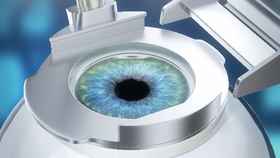
Step 1: After numbing of the eye, a mechanical blade – Microkeratome creates a LASIK flap on the cornea of desired thickness. This flap is then manually lifted revealing the Stroma.

Step 2: The Excimer laser ablates the pre calculated corneal tissue on the Stroma that in turn reshapes the cornea

Step 3: The LASIK flap is carefully repositioned over the treatment area by the surgeon, who then may or may not use a bandage contact lens.
View video
Bladeless LASIK / All Laser LASIK / Femto LASIK Procedure
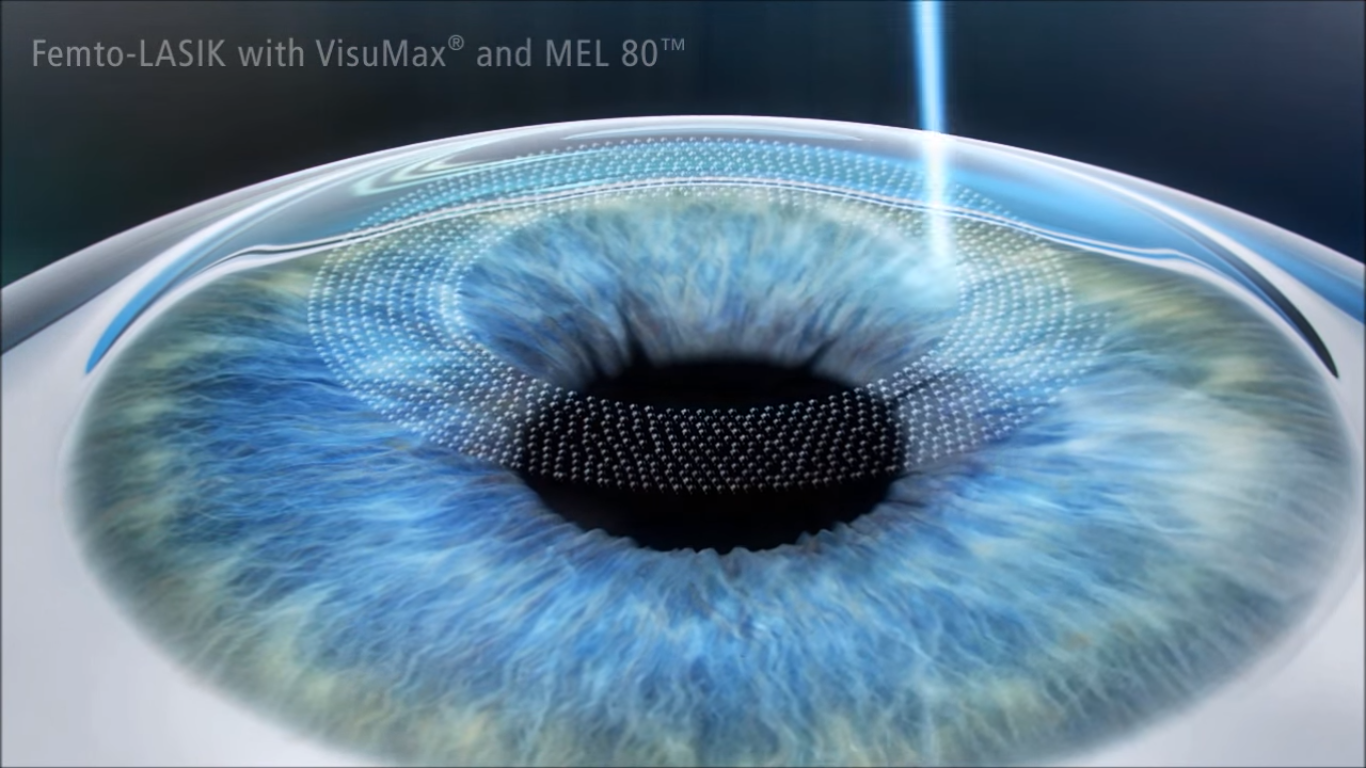
Step 1: In Femto LASIK, a high precision Femtosecond laser is used to create a corneal flap of desired thickness, instead of a mechanical blade or microkeratome.
The rest of the steps are same as blade LASIK above
Advantages of LASIK
- LASIK is associated with minimal discomfort during and after surgery, with a lower risk of haze or blurring compared to PRK.
- Most patients experience rapid visual recovery within a day of the surgery.
- LASIK is known for its high success rate and positive long-term visual outcomes.
Concerns Regarding LASIK
- Some patients may experience dry eyes temporarily after surgery, which can be effectively managed with eye drops or punctal occluders to improve tear volume.
- While there are mild risks assosciated with corneal flaps creation, choosing an experienced surgeon can significantly minimise these risks. Individuals with highly active lifestyles or those in professions with a higher risk of eye injury may opt for PRK or Epi-LASIK, which do not involve creating a corneal flap.

